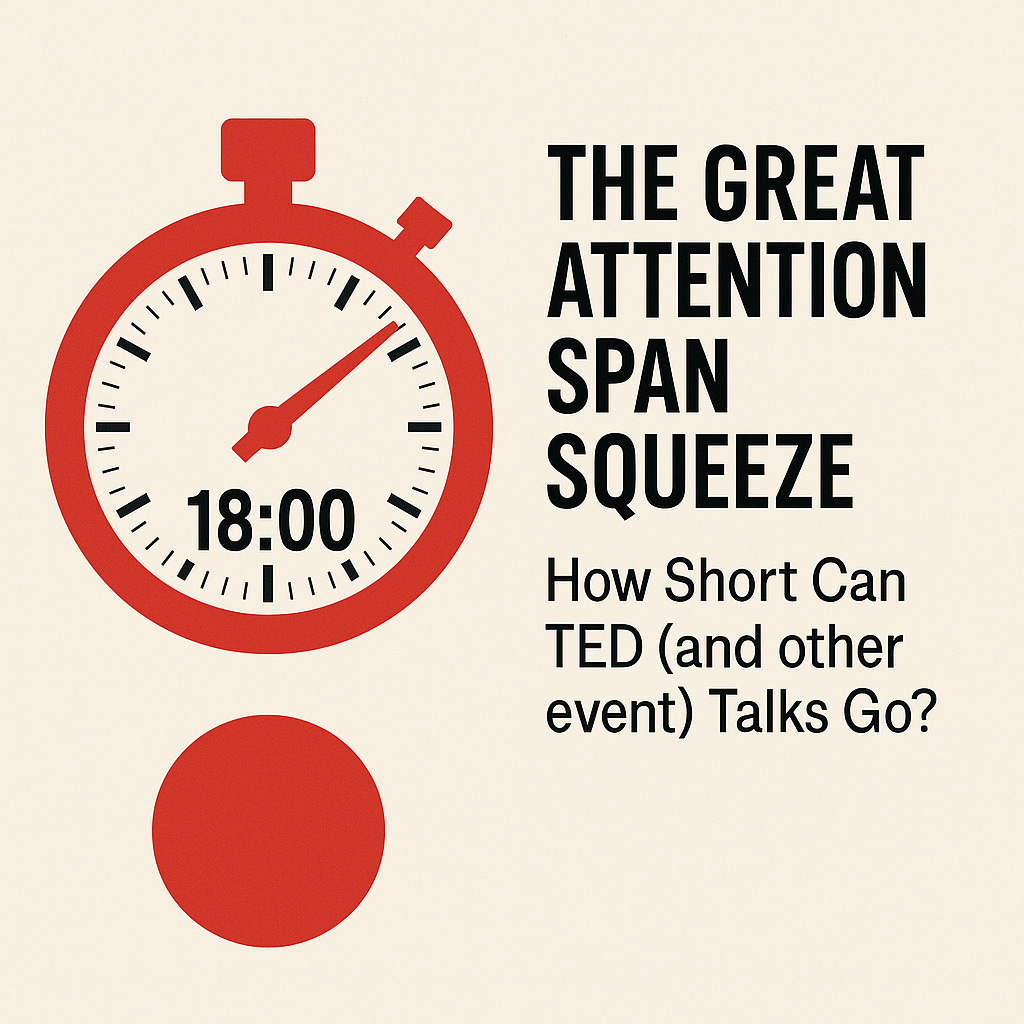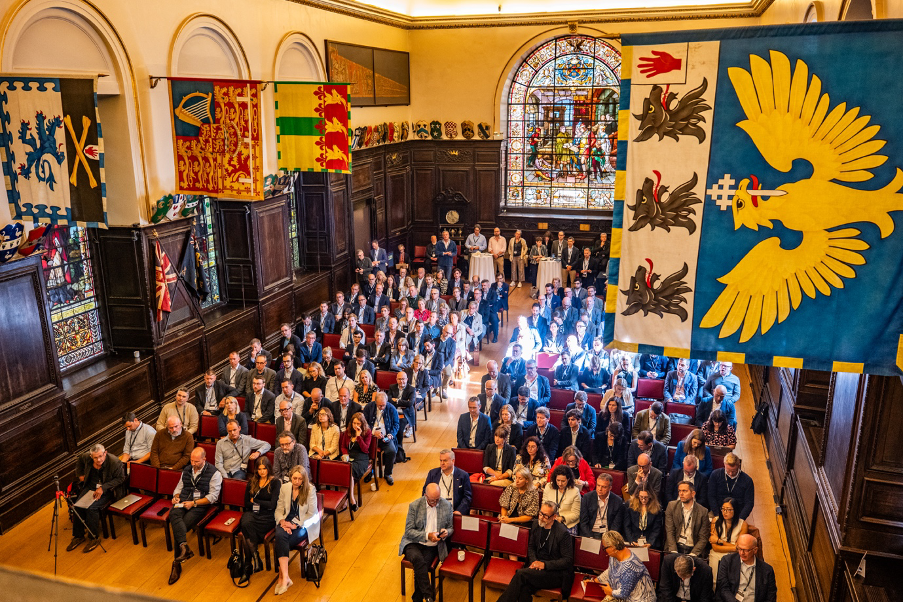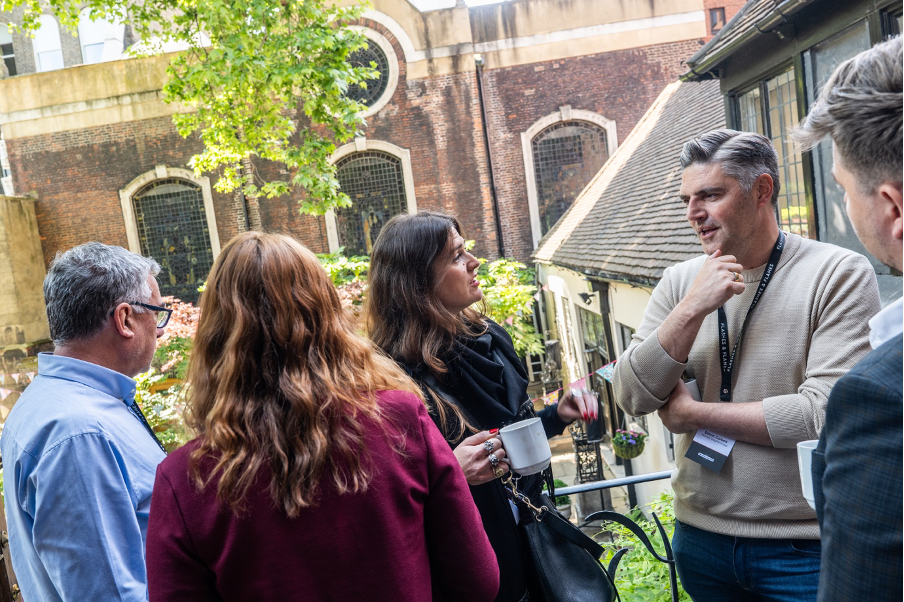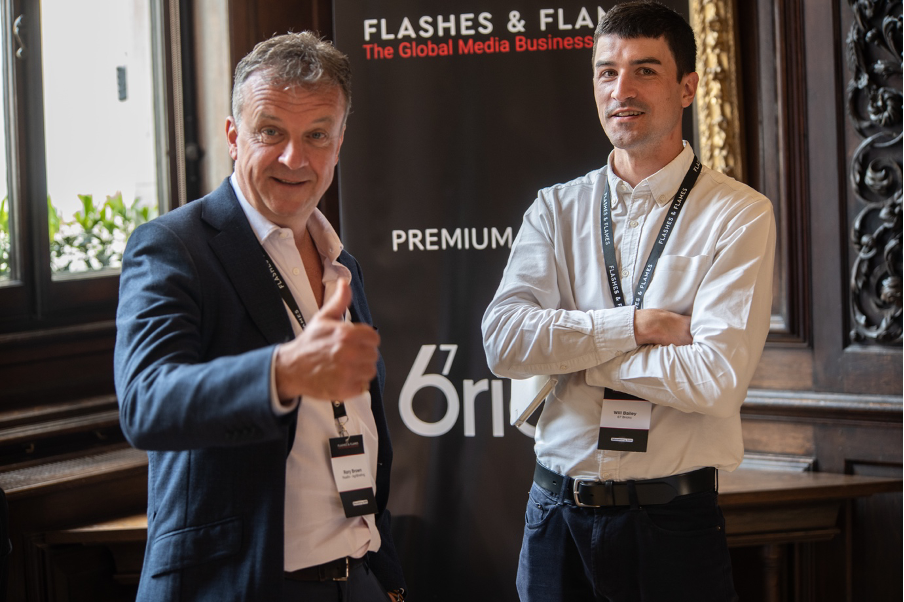The Great Attention Span Squeeze: How Short Can TED (and other event) Talks Go?
Several years ago, I made what was initially not a universally liked decision. I felt that speaker sessions at too many conferences drag on, often with speakers filling time for the sake of it.
I particularly liked TED’s guideline, allowing 18 minutes as their optimal talk length for their speakers. So I decided to introduce shorter sessions at our events. Maximum 20 minutes, around 17 minutes talk time with the rest for questions and transitions. Armed with the plan, I tested my assumptions with event psychologist Victoria Matey and ploughed on. I never received one complaint about that.
To be clear, not every session in our programmes was (or is) 20 minutes. They form the bulk but with some other standalone slots of different durations and 40-minute panel discussions added in. You want to mix things up a little to keep it interesting. Besides normal breaks, I also build in regular 5-minute “brain breaks”. It gives people time to catch their breath, perhaps change channels if you’re running more than one, and go again.
‘The World’s Attention Span Has Shrunk’
This week, this article in The Times (“TED talks trimmed in the age of shorter attention spans”) caught my eye (and those of various others, judging by posts about it within my LinkedIn network).
The renowned TED talks are becoming shorter because average attention spans have shrunk, Elif Shafak, the award-winning novelist, told The Times.
According to the article, Shafak said that for her first TED talk she was given guidelines to keep it to 19 minutes, whereas a decade later she was told to keep to 13 minutes.
“I asked why the difference and they said, ‘Well, the world’s average attention span has shrunk’,” the Turkish-British novelist, whose books have been shortlisted for numerous literary prizes, told the Hay Festival. “That made me really sad. We are incapable of listening to a talk for more than a few minutes.”
While some people will bemoan the shortening of sessions (E.g. “How do you convey complicated thoughts in 13 minutes?!”, most of the comments I saw about this on LinkedIn was positive.
However, I believe conventional wisdom about “shortening attention spans” is just one of the motivations for shorter sessions. For example:
Shorter sessions mean speakers must think carefully about their messaging. It adds discipline. This gets rid of fluff and helps them create maximum impact.
It helps to mix things up throughout the day. Add the pace of shorter sessions at the right times, while going deeper at certain intervals. Time, formats, flow, digital integration and so on all play a role.
What is too short?
Of late, I find myself asking whether 20-minute sessions is going far enough.
A few years ago, data analyst Victoriano Izquierdo posted on X about his study of hundreds of TED talks from 2016 onwards, which shows the average length has dropped to under 10 minutes. That's almost half the traditional TED format (of course, the 18-minute rule does not mean every talk has to be 18 minutes).
Here’s what TED says in its guide for speakers:
“We strictly enforce the clock for all speakers. TED is the place to condense your ideas into a compelling 18-minute talk that communicates your best ideas. We've found that a carefully prepared presentation of this length can have astonishing impact.”
TED founder Chris Anderson is widely quoted as saying that 18 minutes are “short enough to hold people’s attention, but also long enough to say something that matters.” It’s also about simplicity (if you want, watch his 2016 YouTube video where he talks about public speaking – it’s packed with information and only 7:46 minutes long!). It’s about choosing a single topic and building logically on it. With message discipline, there is no need to drag out an idea to fill a half-hour slot or any longer.
But how long is long enough (or short enough, for that matter)? Are our brains being TikTokified to the extent that we are all “goldfish”, as the popular myth about their memories goes?
In his Brain Rules series, molecular biologist John Medina explores the nature of the human brain. Referencing PowerPoint presentations, he writes, “You’ve just got seconds to grab someone’s attention–and only 10 minutes to keep it. At 9 minutes and 59 seconds, you must do something to regain attention and restart the clock.”
This article explores the idea of TikTok Brain in children. According to it, in 2022, the optimal length of TikTok videos to maximise engagement was between 21 and 34 seconds. It states that “many experts believe TikTok and social platforms like it are killing children’s attention spans … Emerging research suggests that watching short-form videos makes it difficult for children to engage in activities that don’t offer instant–and constant–gratification.”
However, it’s not just a recent phenomenon. Remember Vine, with its 6-second videos? (Here’s a podcast about it called Vine: 6 Seconds That Changed the World). I would argue, based on the number of times people subconsciously pull out and look at their phones during conversations, it’s not only kids suffering from TikTok Brain!
This paper adds an interesting contribution. “A new study (well, 2019) in Nature Communications finds that our collective attention span is indeed narrowing and that this effect occurs -- not only on social media -- but also across diverse domains including books, web searches, movie popularity, and more (such as events?).”
It’s not only how we use digital but also the abundance of information we have access to. “The one parameter in the model that was key in replicating the empirical findings was the input rate -- the abundance of information. The world has become increasingly well-connected in the past decades. This means that content is increasing in volume, which exhausts our attention and our urge for 'newness' causes us to collectively switch between topics more rapidly.”
Where will this end?
What do you think?
For now, especially with in-person events where you have people switching on stage, intros, outros and potential audience questions, I think I’ll stick to 20-minute speaking slots.
But what do you think? Message me and let me know.
Monetising B2B: A Quick Review
Last week, we held Flashes & Flames’ first Monetising B2B Information Services and Events in London at the historic Stationers’ Hall near St. Paul’s.
When Colin Morrison CBE and I started work on the project in January, we figured for the first event, we’d be happy with 150+ attendees. In the event, we sold out weeks in advance, ending with 238 participants.
Most remained until the end, including off-site post-event networking drinks, a testament to the quality of the speaker programme and the networking.
We had a high-quality audience. Nearly 60% of attendees held senior leadership positions, including CEOs, Founders, Partners, Managing Directors, Presidents, and other C-level roles.
More than half signed up to use our meeting booking platform, Conversation Starter, to pre-book meetings. In the end, excluding informal networking meetings, they booked 177 15-minute meetings during the day. That’s 2,655 meeting minutes (or 44.25 hours) if my math is correct. The top meeting requests was about:
Monetisation strategies: 18.2 per cent
Events and Exhibitions: 17 per cent
Partnerships and Collaboration: 14.6 per cent
Advice or Mentorship: 14.2 per cent
Data Strategies: 11.7 per cent
Information and Content: 11.3 per cent
AI and Tech: 10.5 per cent
The feedback was pleasingly positive. Here is an overview from Colin, which includes some of the feedback he received about the event.
We’ll do it again in 2026.





